
Who Invented Tampons – Everything You Should Know About Tampons
The menstrual tampon that is most frequently used in the twenty-first century was created by Earl Haas in 1931. Later, Gertrude Tendrich used the patented Haas design to create the first commercial tampon brand, Tampax.
We can now explore the turbulent history of tampons as it developed through each decade since we know who invented them. There is so much to unpack, from significant design innovations made during World War II to the 1980s tampon protests.
When Were Tampons Invented?
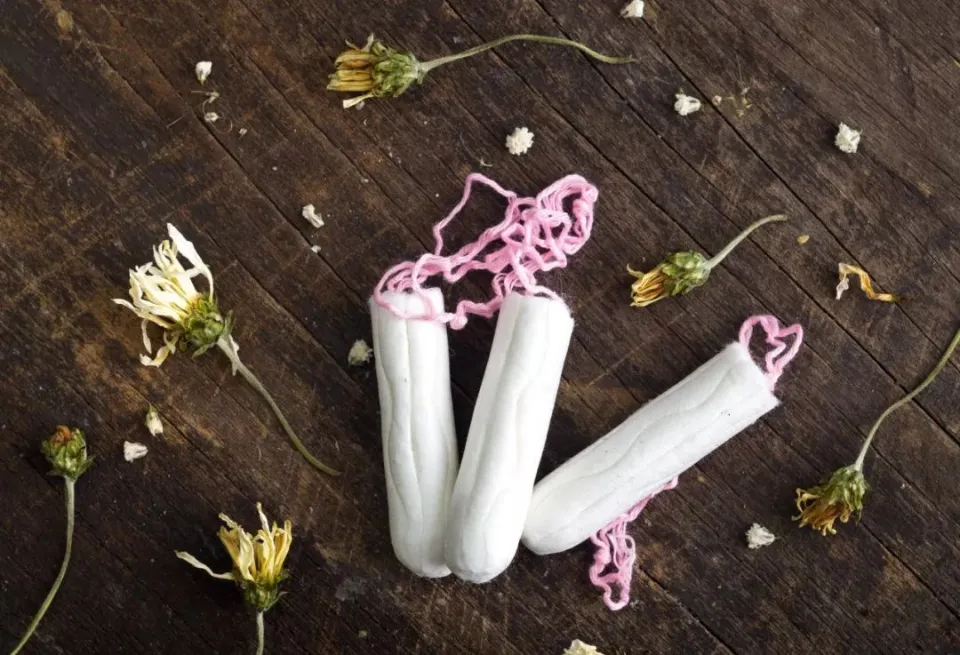
Not too long ago, in 1931, the modern tampon was created. When we say “modern tampons” we’re referring to cylindrical cotton and viscose tampons with a string attached. But for thousands of years, females have invented their own tampon-like contraptions.
In the 15th century, The furry portion of the native Hawaiian hapu’u fern was used by women in Hawaii, while Egyptian women used softened papyrus wood as a tampon. And those aren’t the only original tampon inventions in history. Small bandages were used as tampons by women in ancient Japan, and rolls of grass were used by women in Equatorial Africa.
Who Invented the Tampon?
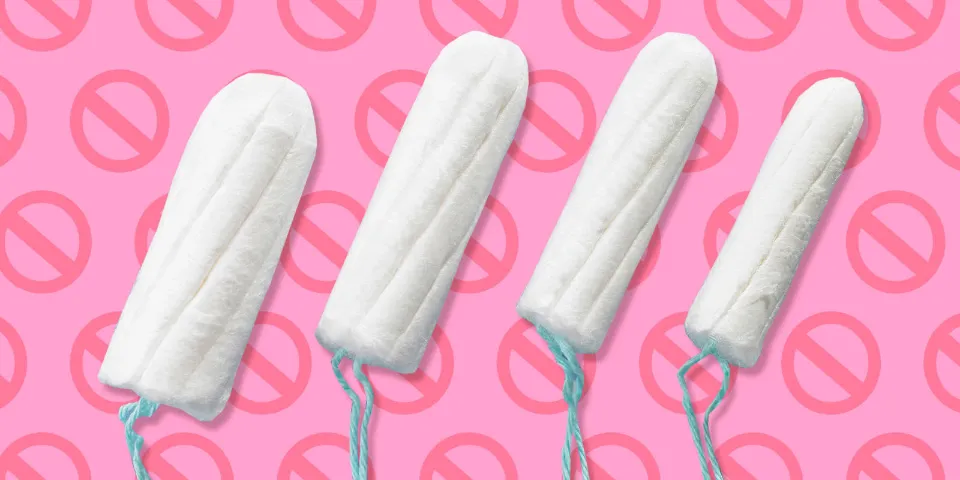
Tampons have been used by women all over the world for thousands of years before Dr. Earle Haas received the first patent for a modern tampon in 1931. Egyptian women were using papyrus tampons as early as the fifteenth century BCE, according to the Papyrus Ebers, the world’s oldest printed medical text.
Women got very inventive when making early tampons; papyrus wasn’t the only material used. Women in ancient Japan made tampons out of paper and used bandages to keep them in place, while Hawaiian women used the furry portion of the local hapu’u fern. Rolls of grass were used by women in equatorial Africa.
After much experimentation with cotton fibers and cords for simple removal, Dr. Haas created the modern tampon. The paperboard applicator was another invention he came up with; plastic has since largely taken its place. After later purchasing the patent and trademark rights, Gertrude Tendich introduced the first Tampax product in 1936.
Why Were Tampons Invented?
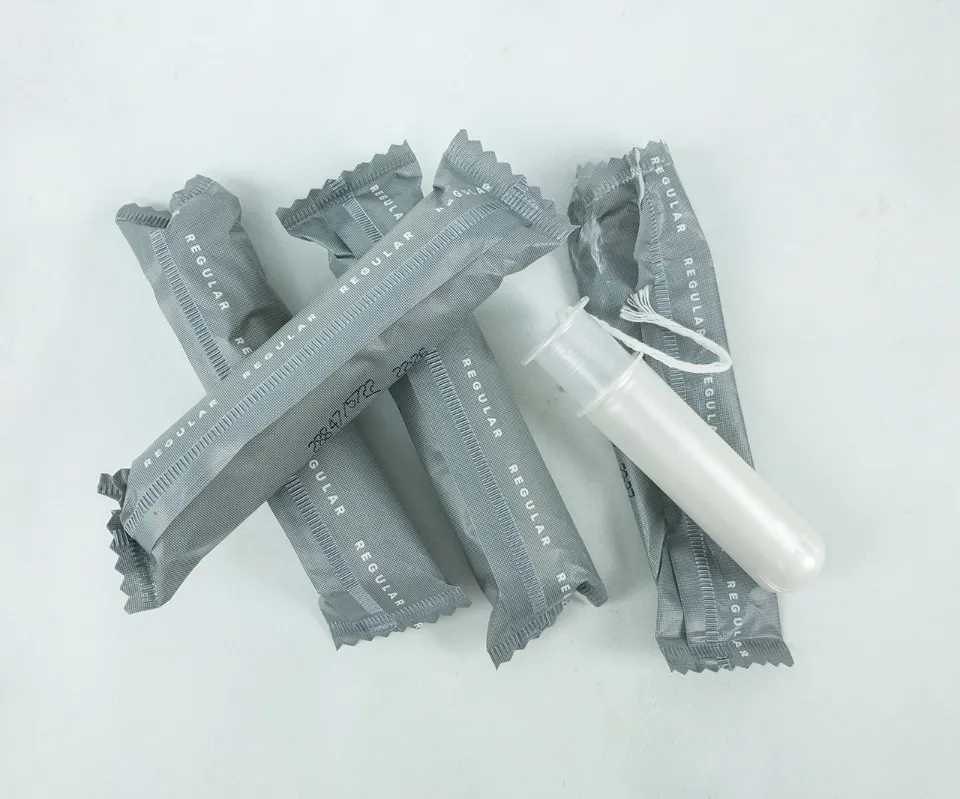
As a seasoned medical professional and devoted husband, Dr. To create a period product for his wife and other women was a dream Earle Haas could not shake. He spent the time necessary to develop a useful design that actually absorbs period blood because he decided to do so. He believed that the products on the market were essentially rags and that women deserved a much more comfortable choice. Basically, Haas had our backs.
Despite having the right idea, Haas encountered numerous social obstacles. It was not common practice for women to touch themselves in the 1930s to put in a tampon. What if they experienced sexual pleasure? How about if their hymen ruptured? It just wasn’t fathomable at this conservative time in history, especially because women were considered “pure and sacred” before marriage.
Haas created a tampon with a tube-shaped applicator after taking into account the social concerns surrounding the use of tampons for recreational purposes. That way, women wouldn’t have to “touch” themselves.
Tampax and O.b.: Two Brands With Longevity
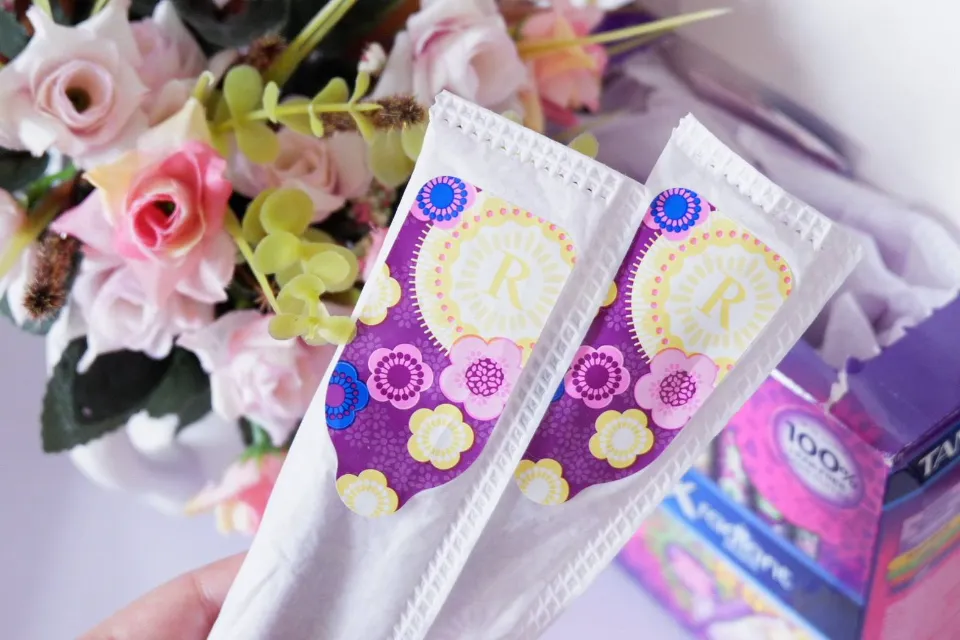
Haas filed for his first tampon patent on November 19, 1931, and originally described it as a “catamenial device,” a term derived from the Greek term describing a month. The product name “Tampax,” which originated from “tampon” and “vaginal packs,” was also trademarked and later sold to businesswoman For $32,000, Gertrude Tendrich. She later founded the Tampax company and started mass manufacturing. The Tampax appeared in over 50 magazines by 1949, just a few years after it first hit store shelves.
The o.b. disposable tampon is a comparable and well-liked type. By a German gynecologist named Dr. In the 1940s, Judith Esser-Mittag was the o.b. Tampon was marketed as a “smarter” alternative to applicator tampons by emphasizing greater comfort and doing away with the need for an applicator. The tampon is shaped like a compressed insertable pad with a concave tip that allows a finger to be used to push it firmly into place. It expands in all directions for better coverage.
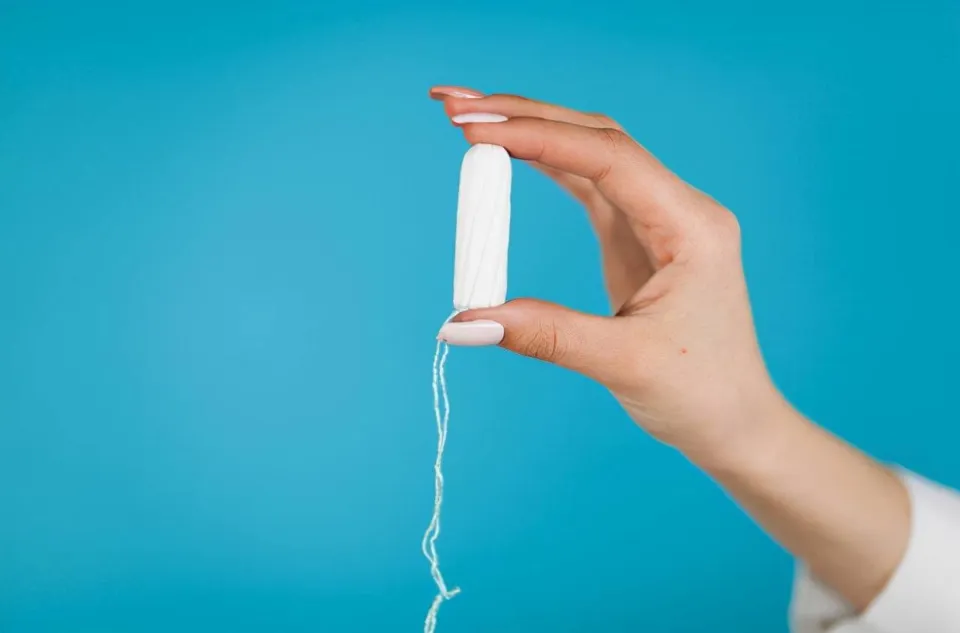
In the latter part of the 1940s, Dr. Esser-Mittag teamed up with Dr. Carl Hahn plans to launch a business and promote the object. Tampon, which stands for “ohne binde” or “without napkins” in Following a sale to American conglomerate Johnson & Johnson, the company was German.
The company emphasizes the potential environmental benefits of non-applicator tampons as one of its main selling points on its website. According to Johnson & Johnson, 90% of the raw materials used to make o.b. tampons come from renewable resources.
FAQs
Why Did a Man Invent the Tampon?
Haas wanted to invent something better than the “rags” his wife and other women had to wear, he said, and got the idea for his tampon from a friend in California who absorbed menstrual flow with a sponge placed in the vagina.
Did a Man Or Woman Invent Tampons?
The first modern applicator tampon was created and patented by Dr. Earle Haas in 1931. However, a woman named Gertrude Tendrich was the one who acquired the patent from Haas and started making cardboard applicator tampons. Up until she grew her company into the now-famous brand Tampax, Tendrich sewed every tampon from her home.
Who Was the First Woman to Use a Tampon?
The first modern tampon, invented by Earle Haas in 1931, had been used by women all over the world for thousands of years before that. Papyrus tampons were used by Egyptian women as early as the 15th century BCE, according to the Papyrus Ebers, the world’s oldest printed medical text.





Average Rating